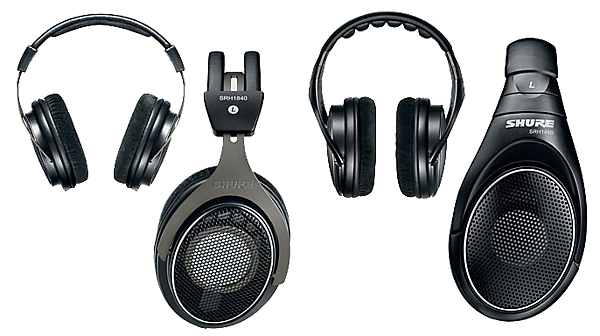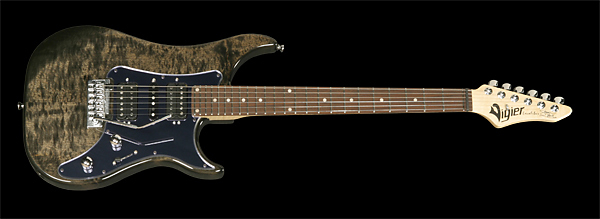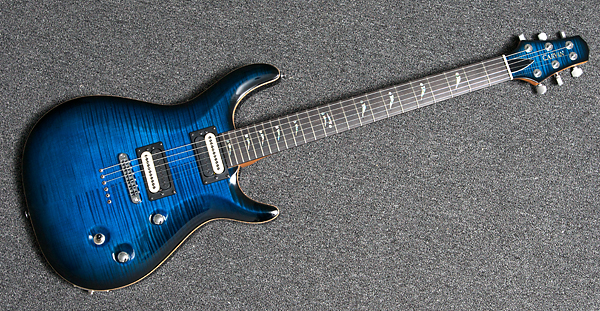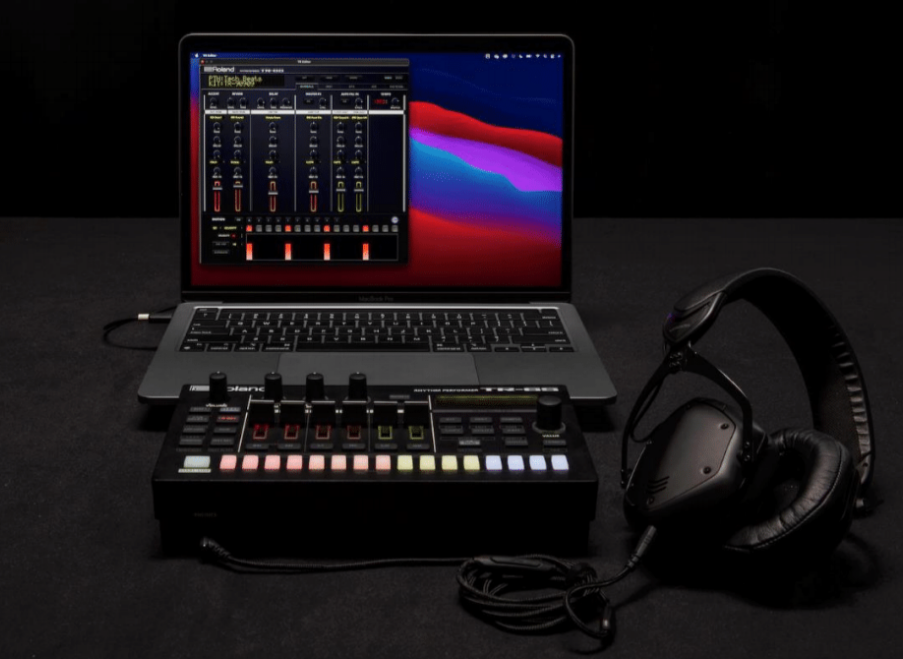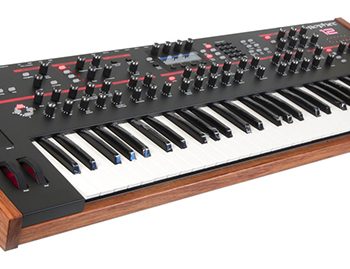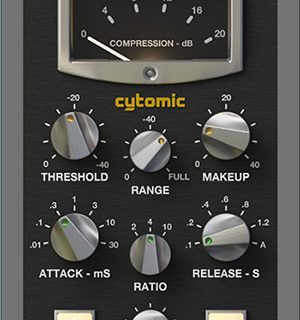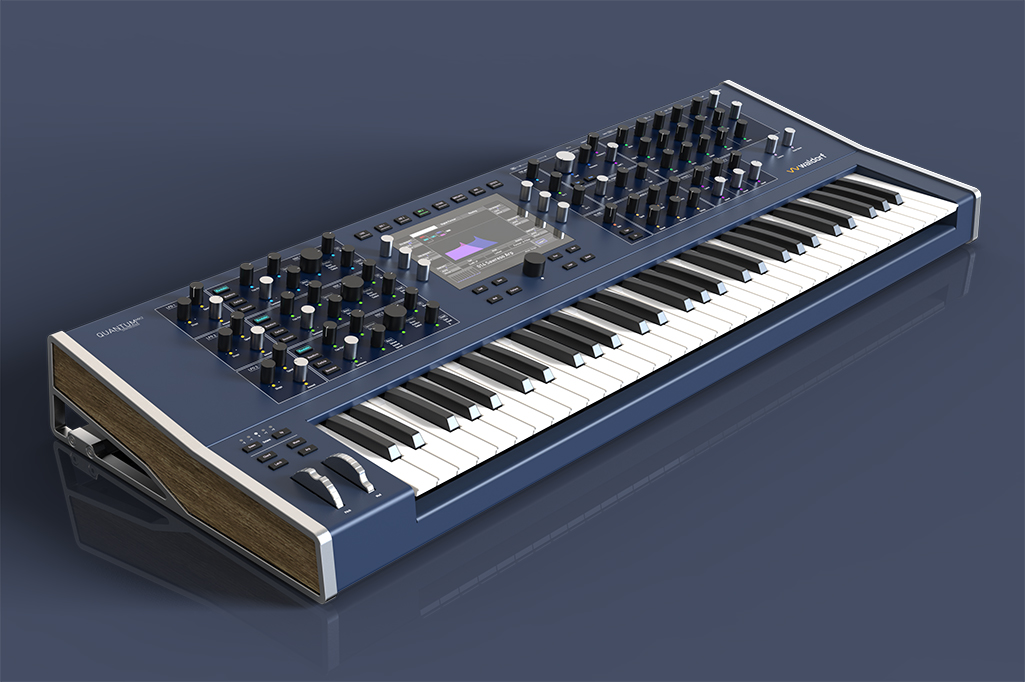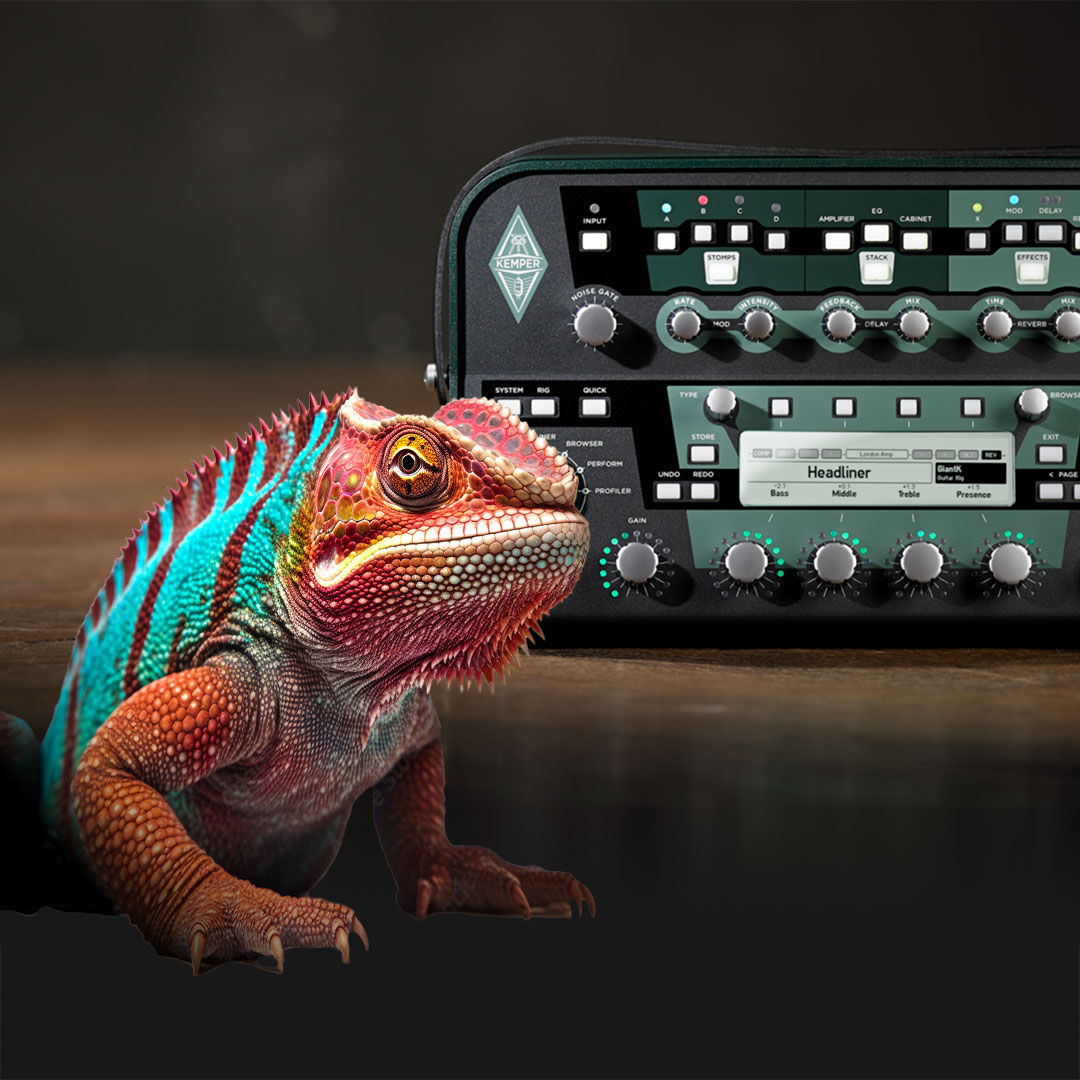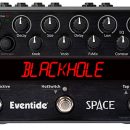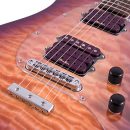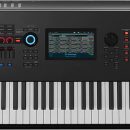 Shure has been on fire since they entered the professional headphone market in 2010. First up were the then-new Shure SRH840 and SRH440 headphones. We really liked the way they sounded and the comfort they provided. Only a year later, the flagship SRH840 was dethroned by the WIHO Award-winning SRH940. We’re still using the full range of Shure headphones in our studios today.
Shure has been on fire since they entered the professional headphone market in 2010. First up were the then-new Shure SRH840 and SRH440 headphones. We really liked the way they sounded and the comfort they provided. Only a year later, the flagship SRH840 was dethroned by the WIHO Award-winning SRH940. We’re still using the full range of Shure headphones in our studios today.
It’s a shame that our headphone budget is depleted, because once again, Shure went back to the well and delivers new headphones that address our one request: give us some open-back models that are more appropriate for mixing. Enter the new SRH1840 and a great-sounding, lower-priced model, the SRH1440. The results are fantastic, as each provide great fidelity, great comfort, and fantastic “real-world” sound imaging, without the ear fatigue that has plagued so many competing headphones.
| Category | Value | Rating | ||||
| Features | 20% |
|
||||
| Usability | 25% |
|
||||
| Sound | 25% |
|
||||
| Documentation & Support |
10% |
|
||||
| Price | 20% |
|
||||
| OVERALL RATINGS: SRH1840 = 3.6, which earns it a WIHO Award! SRH1440 = 3.6, which earns it a WIHO Award! 3.6 stars or better: Outstanding, WIHO Award 3 stars or better: Worth considering 2 stars or better: Suited to specific needs 1 star or less: Not recommended |
||||||
In years past, headphones simply didn’t sound good enough for mixing, but technology has advanced to the point where headphone reproduction quality isn’t much different than a decent set of near-field monitors. Given how much mixing is done “in the box” these days, more and more engineers are turning to headphones for mixing on the go.
Historically, engineers shied away from headphones for mixing because they couldn’t deliver accurate-enough sound reproduction across a wide-enough frequency spectrum. But, advances in the use of neodymium magnets have taken headphone audio quality to previously unachievable levels of reproduction accuracy.
These headphones are open-back models, not closed-back. This means that they do not prevent sound from the outside world from reaching your ears, and they will also leak sound from your headphones to the outside world. The nice thing about an open-back design is that it delivers a more natural, spacious, sound reproduction of your mix than closed-back headphones, which completely eliminate your room’s natural acoustic properties. Of course, the potential negative to open-back headphones is that you can’t track with them if you're in the same room as the microphone. There’s just too much audio bleed. Thus, if you can only afford one pair of headphones for all purposes, we’ll still stick with the SRH940. But if you’re a “best tool for the job” kind of engineer, these cans will be a welcome addition to your studio.
While these headphones may be out of range for the average musician (ranging from $400 to $700 street), there are times you get what you pay for, and this is certainly one of them.
Features
The basic specs are as follows:
|
SRH1840
|
SRH1440
|
|
| Type |
Open back, circumaural
|
|
| Driver |
40 mm Dynamic,
neodymium magnet, matched pair |
40 mm Dynamic, neodymium magnet
|
| Sensitivity |
(1 kHz) 96 dB SPL/mW
|
(1 kHz): 101 dB SPL/mW
|
| Impedance (Nominal, 1 kHz) |
65 Ohms
|
37 Ohms
|
| Frequency Range |
10 Hz – 30 kHz
|
15 Hz – 27 kHz
|
| Net Weight (without cable) |
0.59 lbs (268 g)
|
0.76 lbs (343 g)
|
| Cable Type |
Dual-exit, detachable oxygen-free copper
|
|
| Cable Length |
6.9 ft (2.1 m)
|
|
| Plug |
1/8" (3.5 mm) stereo mini-jack
|
|
As you can see from the chart above, both headphones share many attributes, with the 1440’s delivering a slightly smaller frequency range (though it’s still excellent). The less costly SRH1440 are also just a touch heavier, due to the materials used in their construction.
Both headphones are open-back models with circumaural, velour-padded earpieces that are slightly oval in shape (to more ergonomically fit the contours of your ears). The headbands are padded, with the SRH1840 having an open space between the two connecting headband pieces while the 1440’s is a single, thicker, padded headband.
Both headphones have detachable, 3-meter coiled cords with 1/8” gold-plated connectors on the end (MMCX connector at the other end, similar to Shure earphones), and include gold-plated 1/8” to 1/4" adaptors that securely screw into the end of the cable.
Both headphones include a storage case, replacement set of velour ear pads, and a straight cable for those of you who aren’t fans of the coiled variety.
Usability
These headphones were both very comfortable to wear for extended periods of time, although those “hair challenged” with less natural padding on the top of their heads may need to adjust the headband slightly so the weight of the earpieces isn’t pulling down on the top of your head. The design is quite sturdy, so after a little fiddling, we got the right position and things stayed in place without any problems. Having said that, the SRH1840 was noticeably lighter and would be our first choice if all else were equal, but the SRH1440 was comfortable too.
The detachable cable mechanism worked well — and is something you just have to include on any headphones that get regular use, as headphone cables are more prone to damage from routine use than many other items in the studio.
Many premium headphones deliver what is known as hearing fatigue, just like some studio monitors. Listening to them for extended periods of time can lead to headaches or just an unpleasant, unsettling discomfort. These Shure headphones were not fatiguing at all, and were each well suited to long mix sessions should your client or person ambition require it.
Tracking with open back headphones, of course, is not suggested, nor is mixing on the couch while your significant other tries to watch prime-time television. They’ll hear your music, and you’ll hear them yelling at you to leave the room.
For “real” mixing sessions, though, both headphone models worked great. Slight differences in feel aside, both sets of headphones gave us a very pleasant mix experience.
Sound
Both the SRH1840 and SRH1440 sound great, but when it comes to mixing and other critical listening tasks, the SRH1840’s slightly wider frequency range slightly outperforms the SRH1440 model. Much like the 840/440 comparison, there was a little bit more “air,” or high end presence noticeable at the top end, while the extra few Hz of low-end frequencies let us hear more definition in the bottom end. The slight difference in extreme lows and highs will probably be lost on engineers over 40, though, so perhaps this subtle difference is a moot point to some of you.
Fortunately, even if the SRH1840 are a bit beyond your price threshold for headphones, the less costly SRH1440 are a welcome improvement over other many popular headphones we’ve used in the past, and the lack of hearing fatigue alone was reason enough to justify an upgrade.
Documentation and Product Support
Do you really need instructions? If, in fact, you do, the headphones include an owner’s manual that instructs you in the basics of their use, the audio specs, and their care. (If you picked yours up second-hand on eBay, or hate reading manuals, note that a damp cloth is all it takes to wipe them down).
Price
The Shure SRH1840 (MSRP $875) sells for just under $700 street.
The Shure SRH1440 (MSRP $500) sells for just under $400 street.
While the SRH1440 is certainly a fantastic deal, the SRH1840 carries a premium price tag, and is clearly targeted at the professional studio market. Certainly, while this may be sticker shock to some, other manufacturers of professional headphones offer some models with similar pricing. The sound quality and level of comfort are extremely high in both of these models, and each of the review units leaves us debating whether or not sell off a few things around the studio to make room for some new additions.
Contact Information
Shure Inc.
www.shure.com
| Evaluation Short-List |
|

